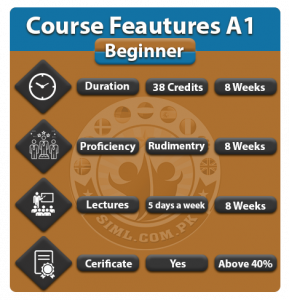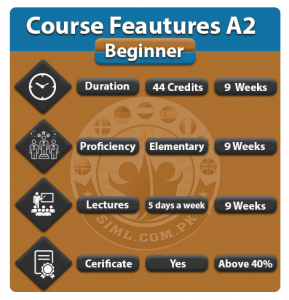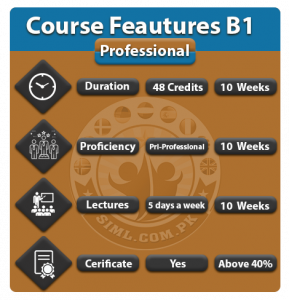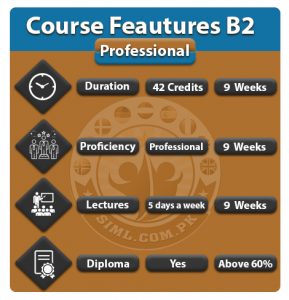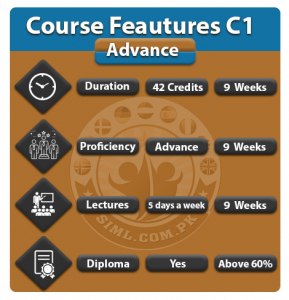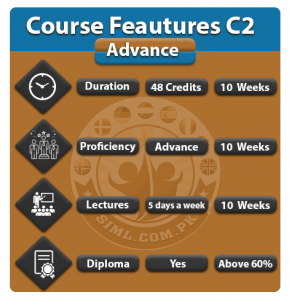Dutch

Dutch is a West Germanic language which is mainly spoken in central European countries Netherland (as sole official) and Belgium (as the third official) by around 24 million as the first language and about 5 million as a second language and it is the third most widely spoken Germanic language in the world.The majority of the indwellers of Suriname speak Dutch natively and furthermore it holds official status in Aruba Curacao and sent marten Which are the constituent countries of the Kingdom of Netherland situated in the Caribbean. Dutch is one of the closest relatives of both German and English and is colloquially said to be,roughly in between, them. Dutch, like English, has not undergone the High German consonant shift, does not use Germanic umlaut as a grammatical marker, has largely abandoned the use of the subjunctive, and has leveled much of its morphology, including most of its case system. Features shared with German include the survival of two to three grammatical genders albeit with few grammatical consequences as well as the use of modal particles final-obstruent devoicing, and similar word order. Dutch vocabulary is mostly Germanic and incorporates slightly more Romance loans than German but far fewer than English. As with German, the vocabulary of Dutch also has strong similarities with the continental Scandinavian languages but is not mutually intelligible in text or speech with any of them. Acquire Dutch language skillsat SIML with a pure native accent, effective grammatical enhancement in a spellbinding environment to enterina new world to optimize your career in precise destination for study family reunion and skill immigration purposes. Scottish -CH-is mostly pronounced in this language and requires a strong practice with tremendous advertency to vocalize near to genuine sound. Our adepts capacitate the new students to pronounce the Dutch as a native speaker.6 levels of enhancement lead to remarkable proficiency.
1-on the first stage immensely imperative to determine the current position of the student by providing acquaintance with new words, the capability of absorption power of maintaining and sustainably enhancement.
2-On the second stage, after the complete introduction with alphabets phonetics sounds and pronunciation rules, to stabilize the concentration of the individuals towards self-creativity.
3.on the third stage conduction to grammatical regulations and invigoration of imaginative part of the brain with quotidian influential exercises.
4-on the fourth and final stage likened 3 dispersed sections of the brain (imaginative, Arbitrator, and vocalizer) for accuracy customization and fluency augmentation to speak eloquently for exquisite aggrandizement.



